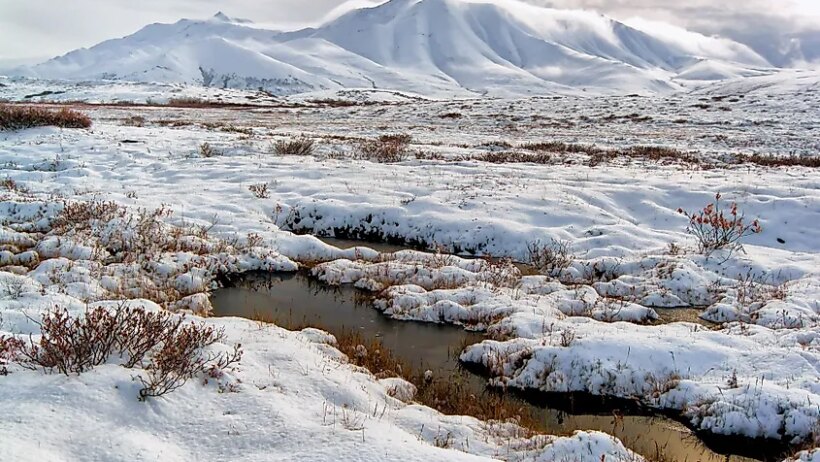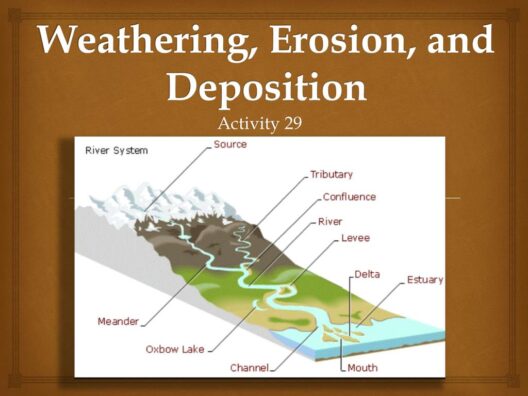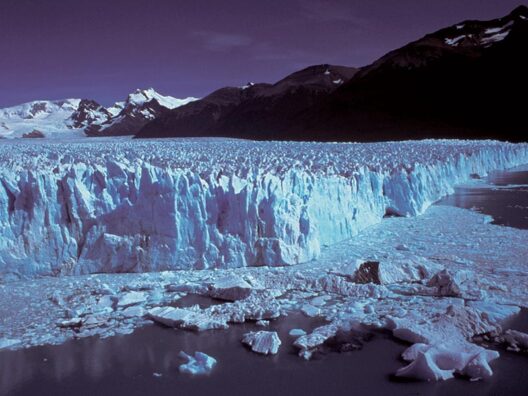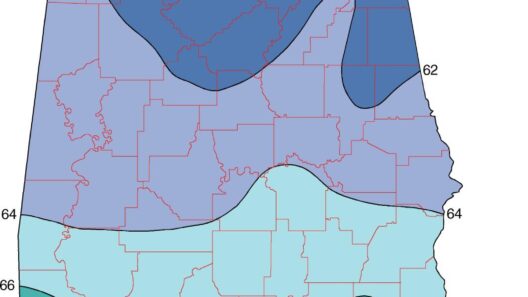The tundra, characterized by its frigid climate and desolate landscapes, verily captivates the imagination due to its seemingly inhospitable environment. Despite constant winds howling across the frozen terrain, life manifests in the most extraordinary ways. To understand this unique biome, one must delve into its climate, ecosystems, and the resilient organisms that thrive amidst adversity. Let us dissect the intricate dynamics of the tundra climate, exploring how life persists where few would expect it to.
First, comprehending the defining features of the tundra climate is paramount. The predominant elements include long, frigid winters, short, cool summers, and minimal precipitation, typically less than 25 centimeters annually. The mean annual temperature often hovers around -12 to -6 degrees Celsius, depending on geographical location. This challenging climate results primarily from its vast latitude, as the tundra lies near the poles, where sunlight is scant for much of the year.
Moreover, the tundra can be categorized into two principal types: Arctic and alpine tundra. Arctic tundra is found in high northern latitudes, such as Alaska, Canada, and Siberia, while alpine tundra exists on high mountain ranges worldwide, regardless of latitude. Both ecosystems endure similar climatic conditions, yet they differ significantly in flora and fauna, leading to varying biological adaptations and responses to their respective environments.
One of the most striking features of the tundra climate is permafrost—a thick subsurface layer of ice that remains perpetually frozen. Permafrost creates unique challenges for plant and animal life. In the summer months, the upper layer, or “active layer,” thaws, allowing plant growth, but beneath it lies the persistent permafrost, restricting root development and water drainage. This phenomenon necessitates particular adaptations among tundra vegetation, namely a tendency to exhibit low growth forms. Many tundra plants are mat-forming or cushion-like, allowing them to withstand fierce winds and cold temperatures while maximizing their exposure to available sunlight.
Such resilience is not limited to flora alone. The fauna inhabiting these forbidding landscapes has evolved an impressive suite of adaptations to combat the challenges of life in the tundra. The Arctic fox, for example, sports a thick insulating coat that changes color with the seasons, providing effective camouflage against the snow and ice. Similarly, migratory bird species like the snowy owl, rely on the brief summer months to breed and feed, taking advantage of the enhanced availability of food, such as insects and small mammals enticed out of their burrows by the waning frost.
A significant aspect of the tundra ecosystem that can’t be overlooked is its profound relationship with climate change. As global temperatures rise, alarming alterations are manifesting in tundra regions. The thawing of permafrost releases greenhouse gases, notably methane and carbon dioxide, that had been sequestered for millennia. This process exacerbates global warming, creating a vicious cycle where warming leads to more greenhouse gas emissions, which in turn leads to further warming. These changes not only threaten the delicate balance of tundra ecosystems but also pose daunting implications for the planet as a whole.
Moreover, the shifting climate is altering the traditional migratory patterns of various species, leading to disruptions in food chains and ecosystems. The breeding cycles of tundra-dwelling birds are increasingly misaligned with the availability of food resources, potentially jeopardizing their populations. Similarly, herbivorous mammals, such as caribou, are bound to suffer from habitat loss as increasing temperatures and changing vegetation patterns encroach upon their winter ranges. Recognizing these implications emphasizes the urgent need for environmental stewardship and proactive measures to mitigate climate change.
Thus, while the tundra is undoubtedly a land of extremes, it is also a compelling narrative of adaptation and survival. Life in this biome is an empirical testament to resilience, underscoring the inherent tenacity of nature. Understanding the tundra climate is critical, not just for appreciating its biodiversity, but for advocating for its protection. As stewards of our planet, acknowledging the interconnectedness of all ecosystems is paramount. Damage to the tundra does not exist in isolation. Its degradation reverberates globally, reinforcing the importance of preserving this unique environment not just for its own sake, but for the broader Earth system.
In conclusion, the tundra represents more than just an extreme climate; it is a frontier of ecosystems entrenched in the balance of adaptation, vulnerability, and resilience. A deeper comprehension of this biome is essential for fostering a broader appreciation and commitment to environmental sustainability. Thus, as we ponder the future of these frosty landscapes, we must advocate for mitigating climate change and protecting the delicate tapestry of life that endures against the harshest odds.








